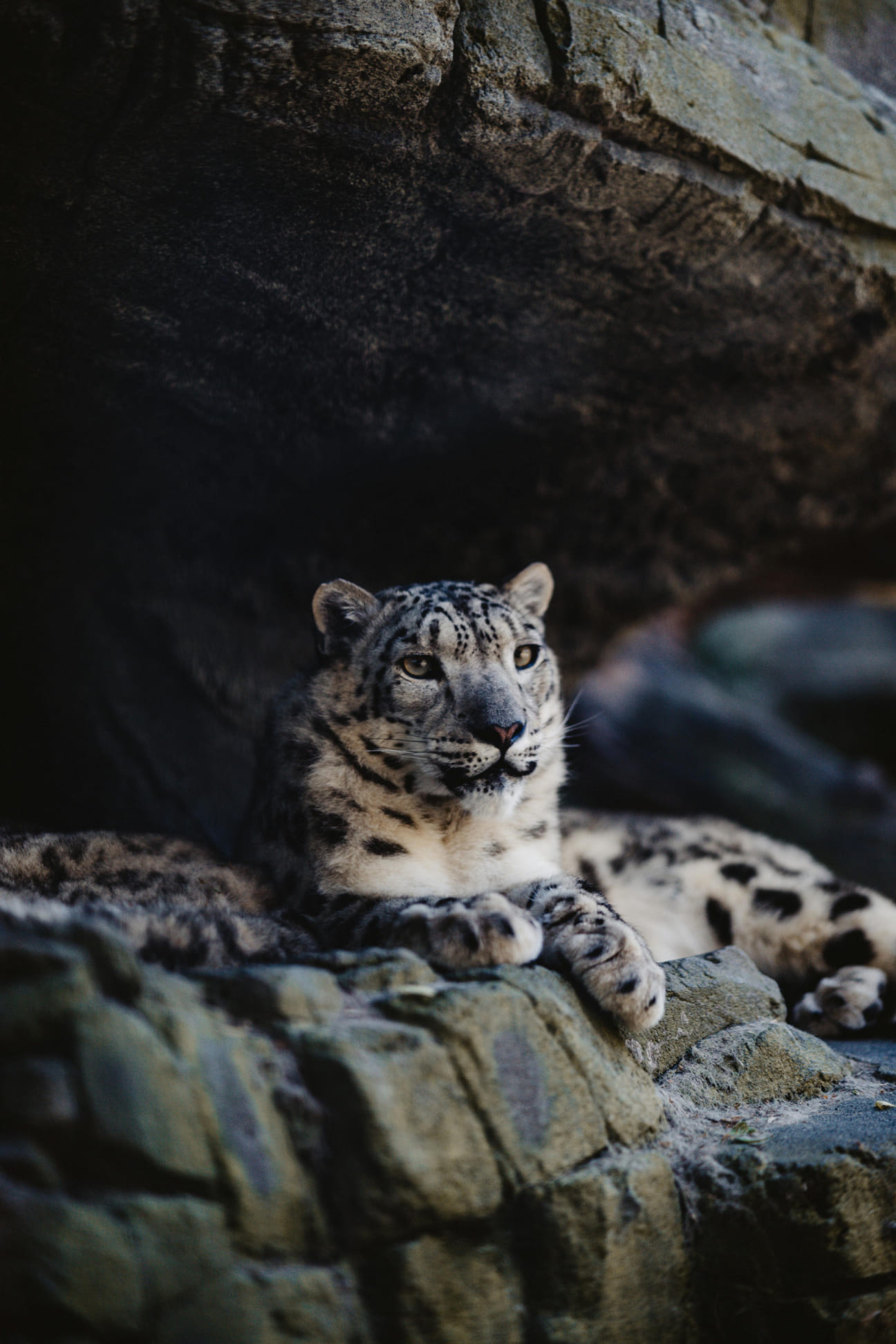The Agile Leopard: A Stealthy and Versatile Predator
The leopard is one of the most adaptable and elusive big cats, known for its incredible agility, strength, and distinctive spotted coat. Found in various habitats across Africa and Asia, from dense forests to savannas and even mountainous areas, leopards have the widest distribution of any big cat. Their adaptability and stealth make them highly effective hunters and solitary survivors.
Physical Characteristics and Hunting Strategy
Leopards are muscular and compact, with long, powerful legs that allow them to run quickly and leap great distances. Their spotted coats provide excellent camouflage, blending with dappled light and shadows in their habitats. Leopards are known for their remarkable stealth; they often approach prey silently, getting as close as possible before making a quick, deadly pounce. They are also strong climbers and are known to drag their prey up into trees to avoid competition from other predators, like lions and hyenas.
Role in the Ecosystem
As apex predators, leopards play a vital role in controlling herbivore populations, which in turn helps maintain plant diversity and ecological balance. Their presence is an indicator of a healthy ecosystem, as they require adequate prey and suitable habitats to thrive. By keeping prey populations in check, leopards help prevent overgrazing and support plant growth, which benefits a variety of other species in their ecosystems.
Conservation and Challenges
Leopards face threats from habitat loss, poaching, and human-wildlife conflict. As humans encroach on their habitats, leopards are increasingly forced into conflict with livestock owners, leading to retaliatory killings. Conservation efforts aim to protect leopard habitats, create wildlife corridors, and raise awareness about the importance of coexistence with these majestic animals. By protecting leopards, conservationists also help preserve the health of the ecosystems they inhabit.
